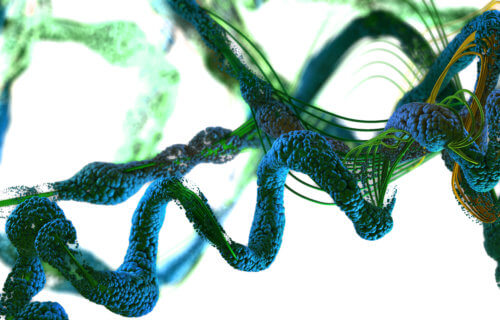COLUMBUS, Ohio – Amino acids are the building blocks of life. They make up proteins in our body and are critical for bodily functions including growth and development, hormone synthesis, tissue repair, and metabolism. Some modern medicines also use amino acids. While pharmaceutical companies can create artificial versions, this process is difficult and expensive. Now, researchers at Ohio State University have found a way to make amino acids from alcohol, which is both abundant and inexpensive.
Alcohol molecules are composed of three different chemical elements: hydrogen, carbon, and oxygen. To create the artificial amino acids, researchers broke the bonds between carbon and hydrogen atoms and inserted a nitrogen atom. This process is known as selective C-H functionalization (in which “C-H” stands for “carbon-hydrogen”).
In selective C-H functionalization, scientists must choose the correct C-H bond, as opposed to just any bond.
“Carbon-hydrogen is the most ubiquitous bond – think of a field of grass in a park,” explains senior author and chemistry professor David Nagib in a media release. “Each piece of grass is a carbon-hydrogen bond, and the challenge of C-H functionalization is how do you pick the exact blade of grass you want to turn into a rose and ignore all the rest? How do you be selective about which bond you’re transforming?”
“In alcohol, there are pairs of equal carbon-hydrogen bonds, but those bonds are not equal in their spatial arrangement on the molecule,” Nagib continued. “And now we can grab one of them over the others to make amines with various three-dimensional shapes, which will allow construction of new chemical structures to make drugs.”
The study is published in Nature Chemistry. It was funded by the National Institutes of Health and National Science Foundation.
Like studies? Follow us on Facebook!
